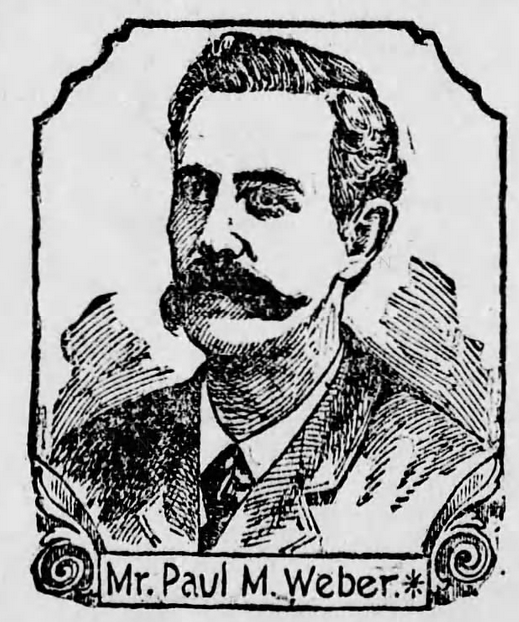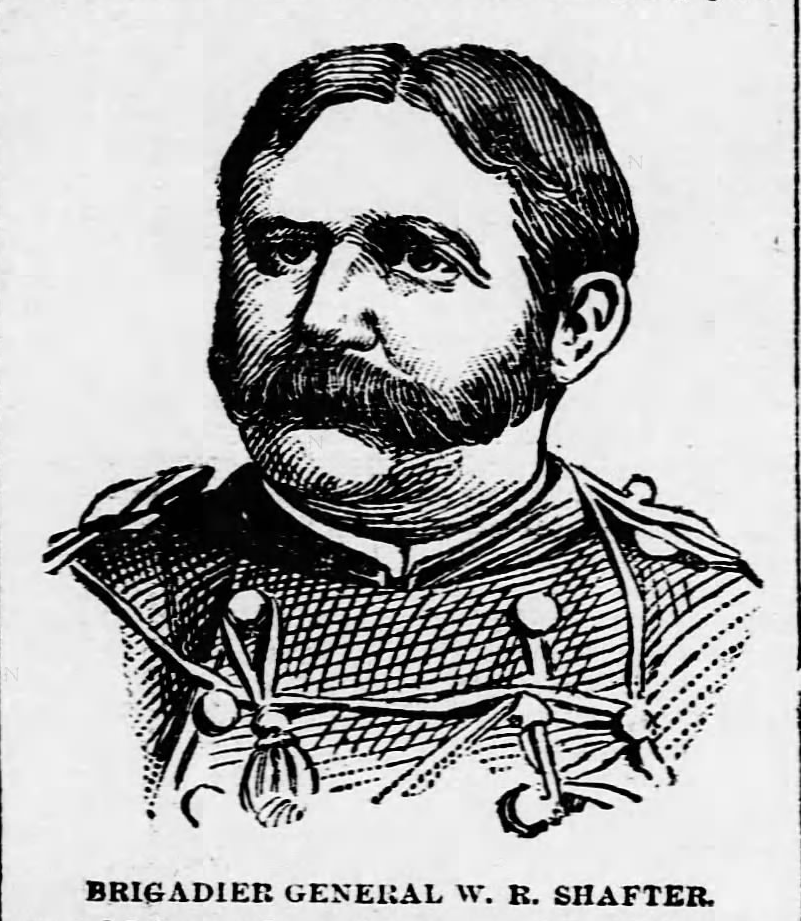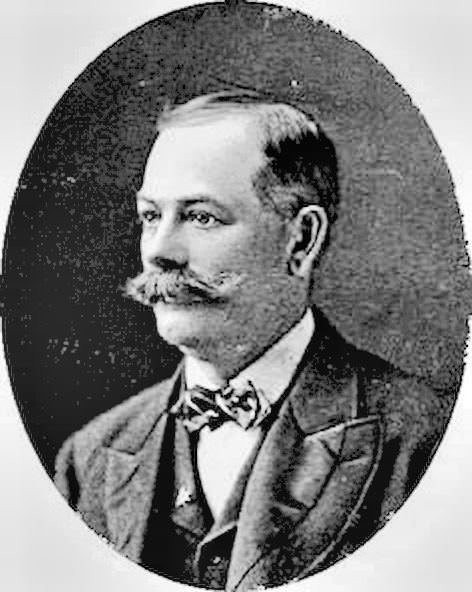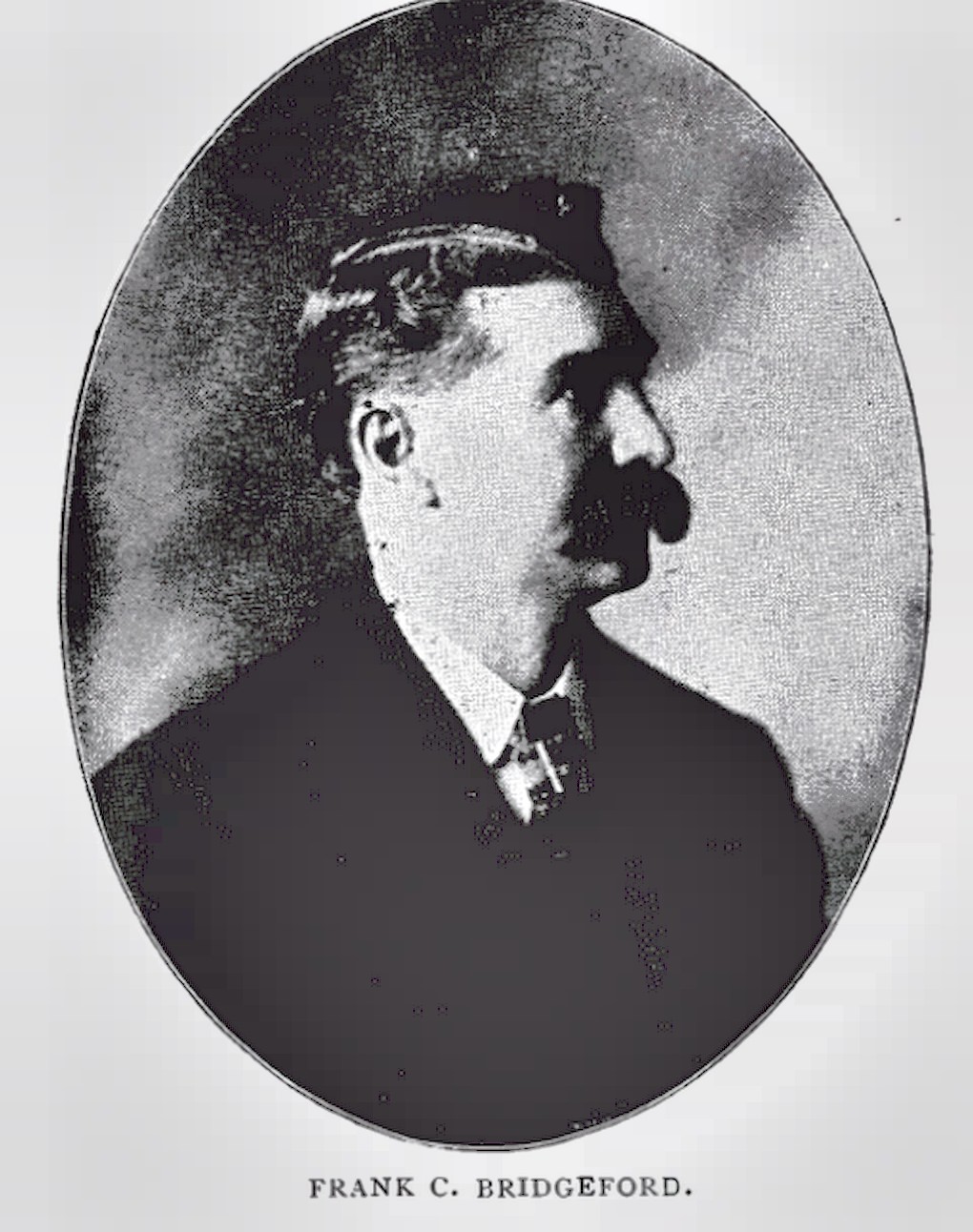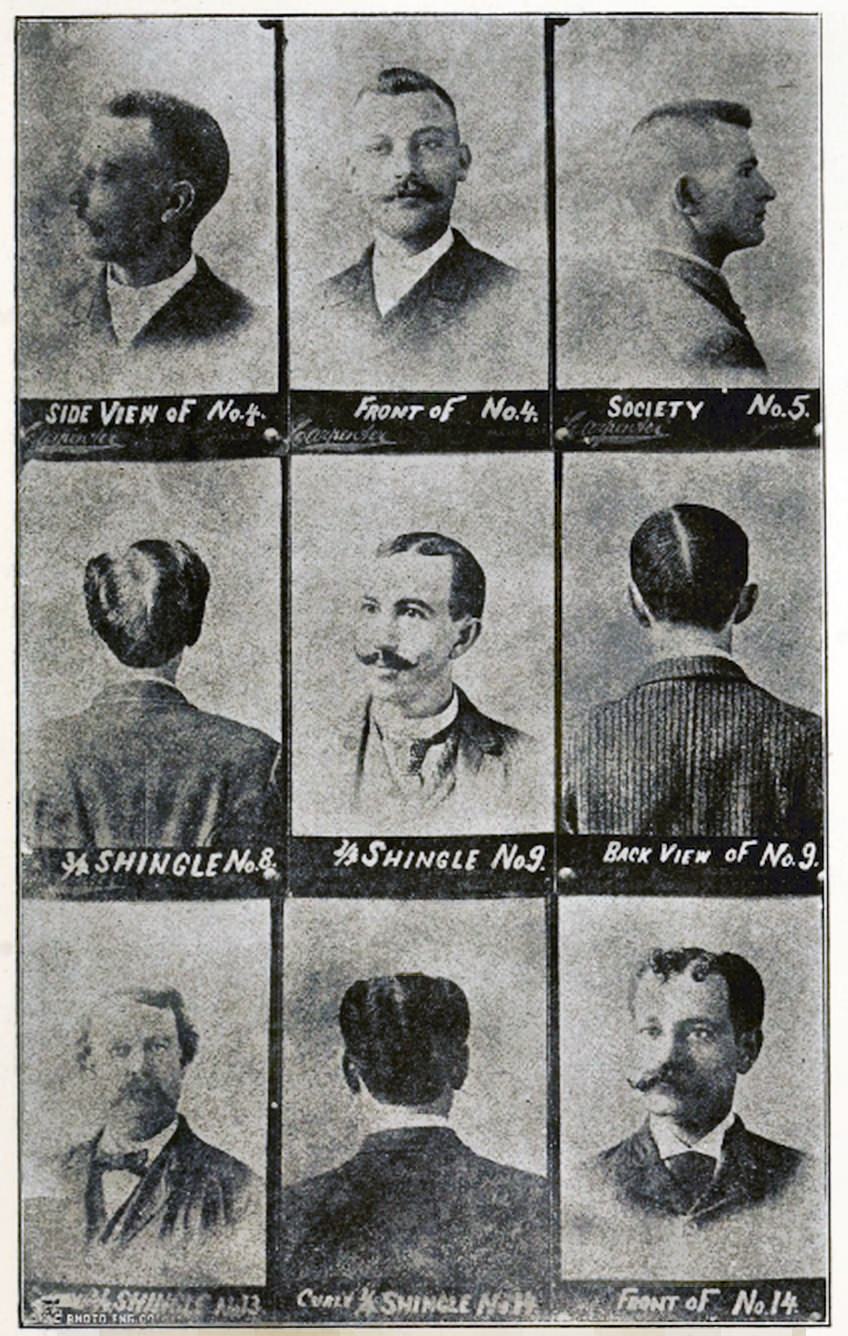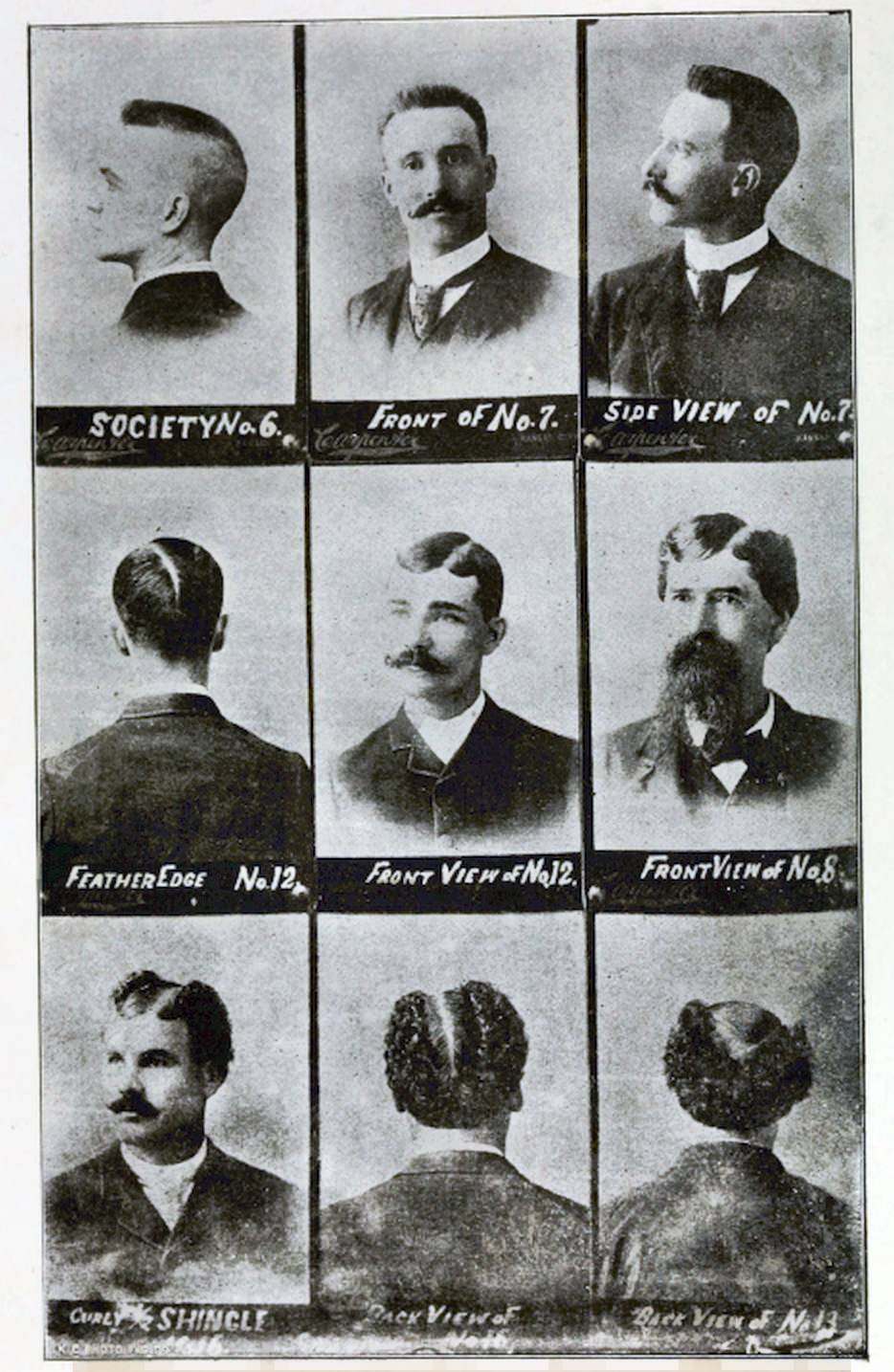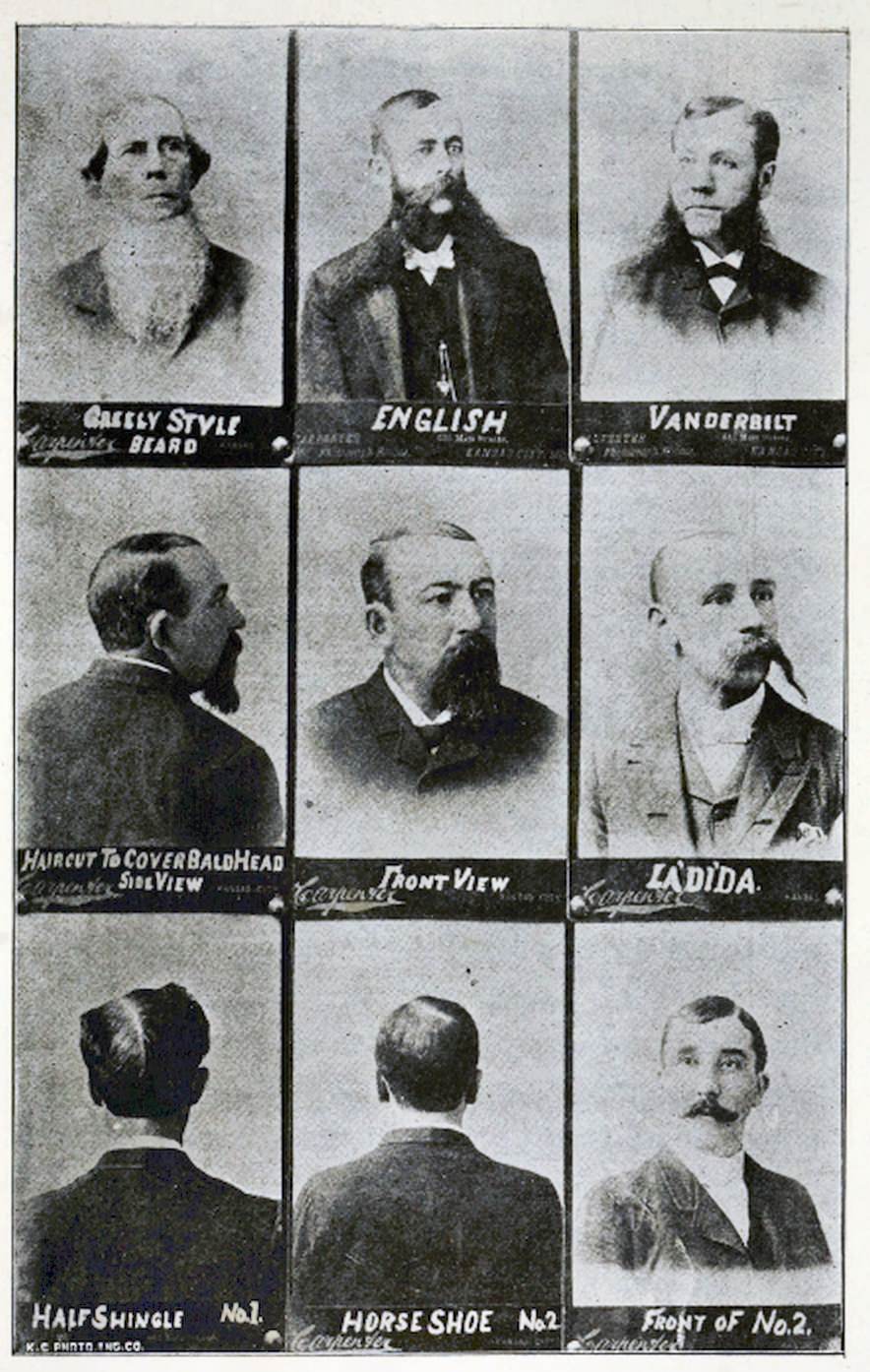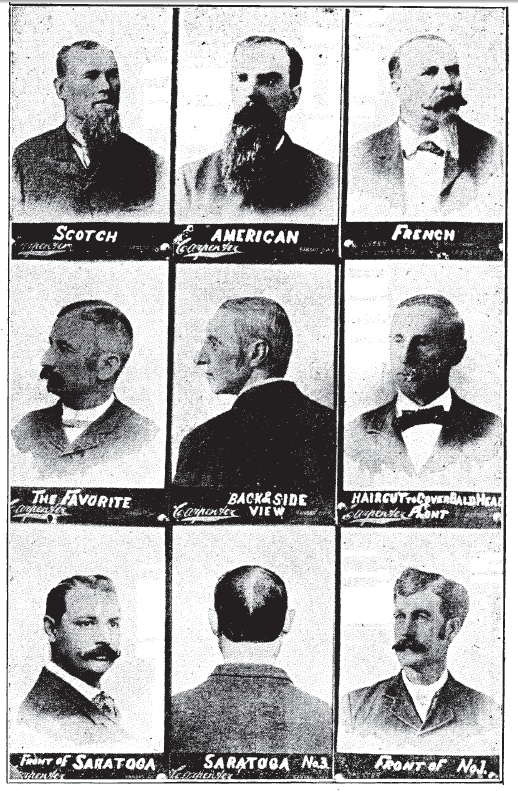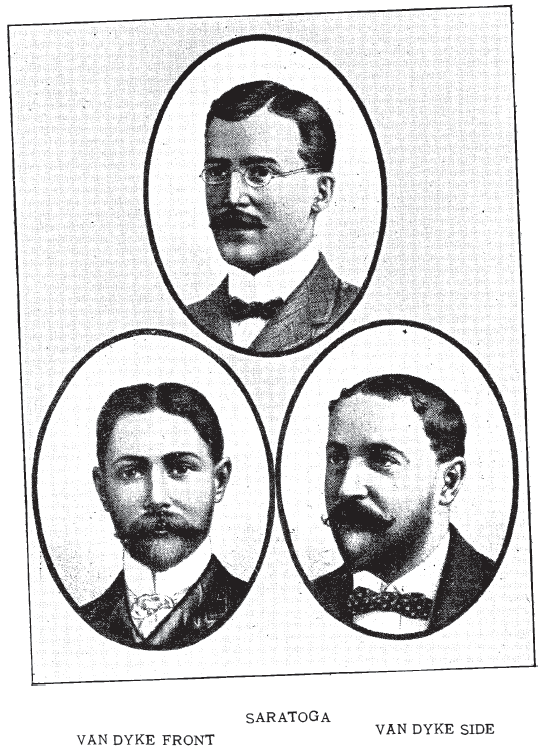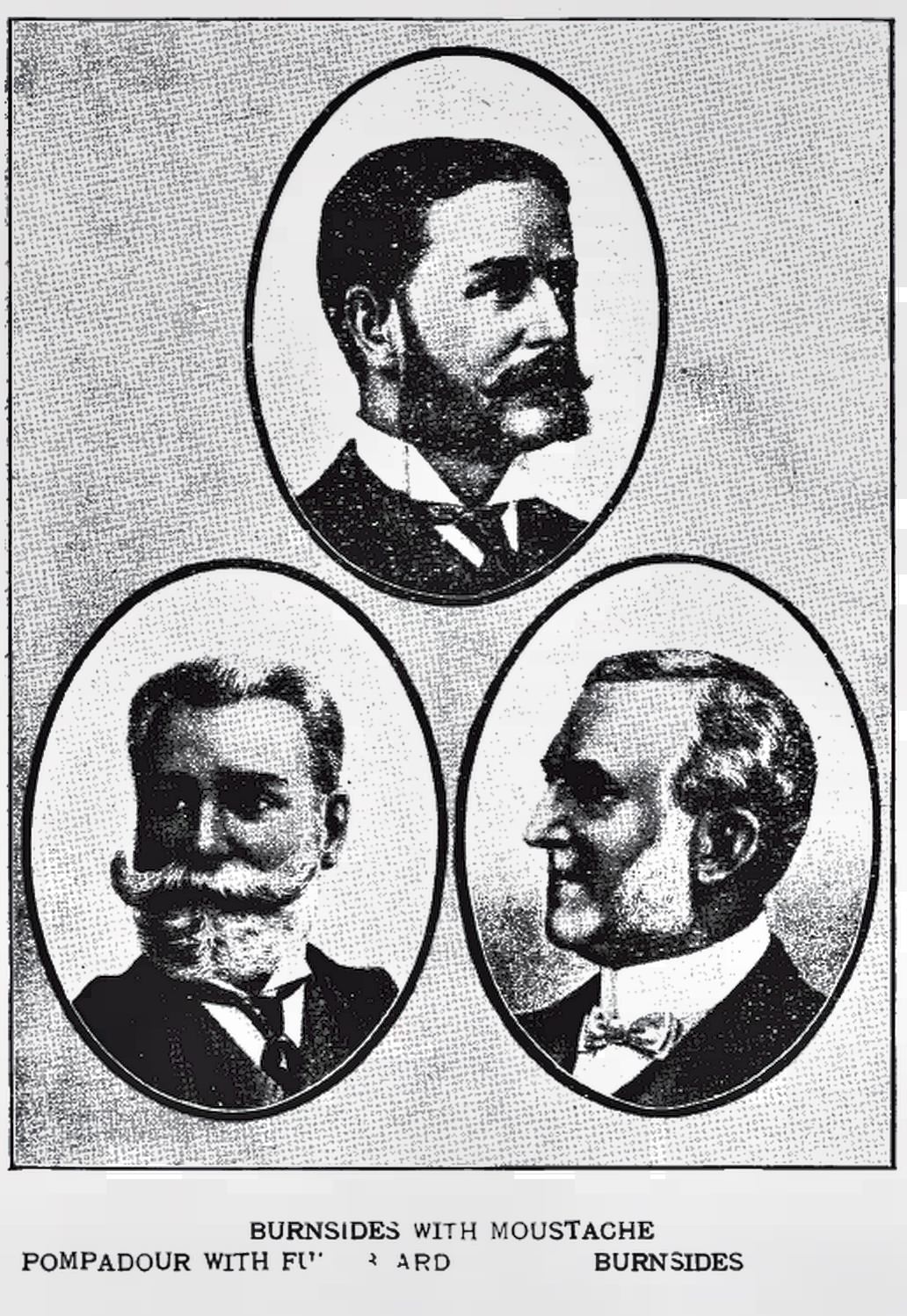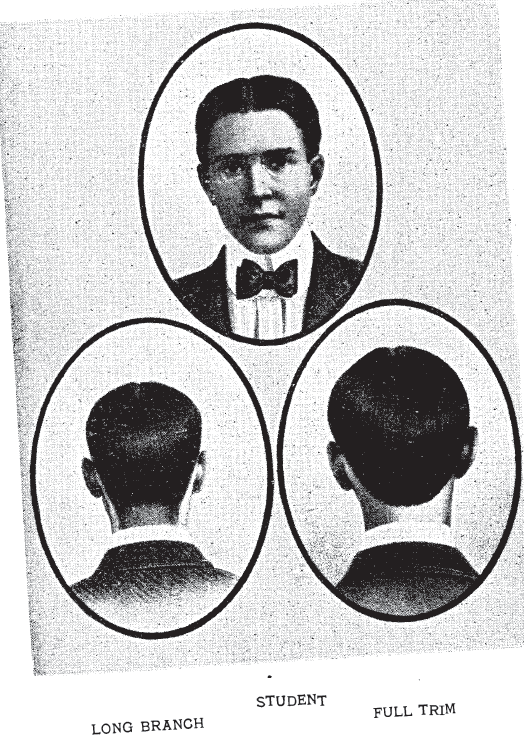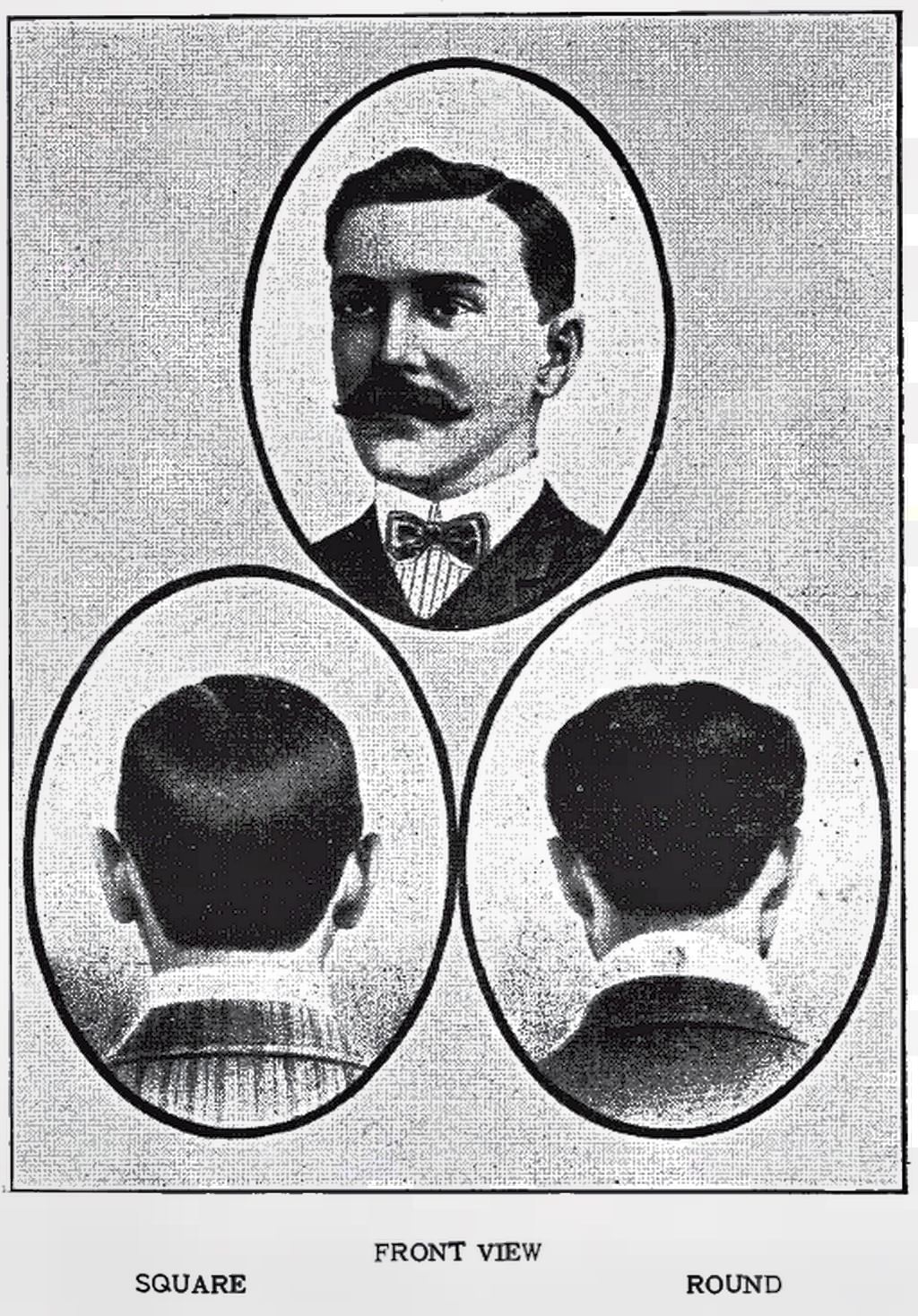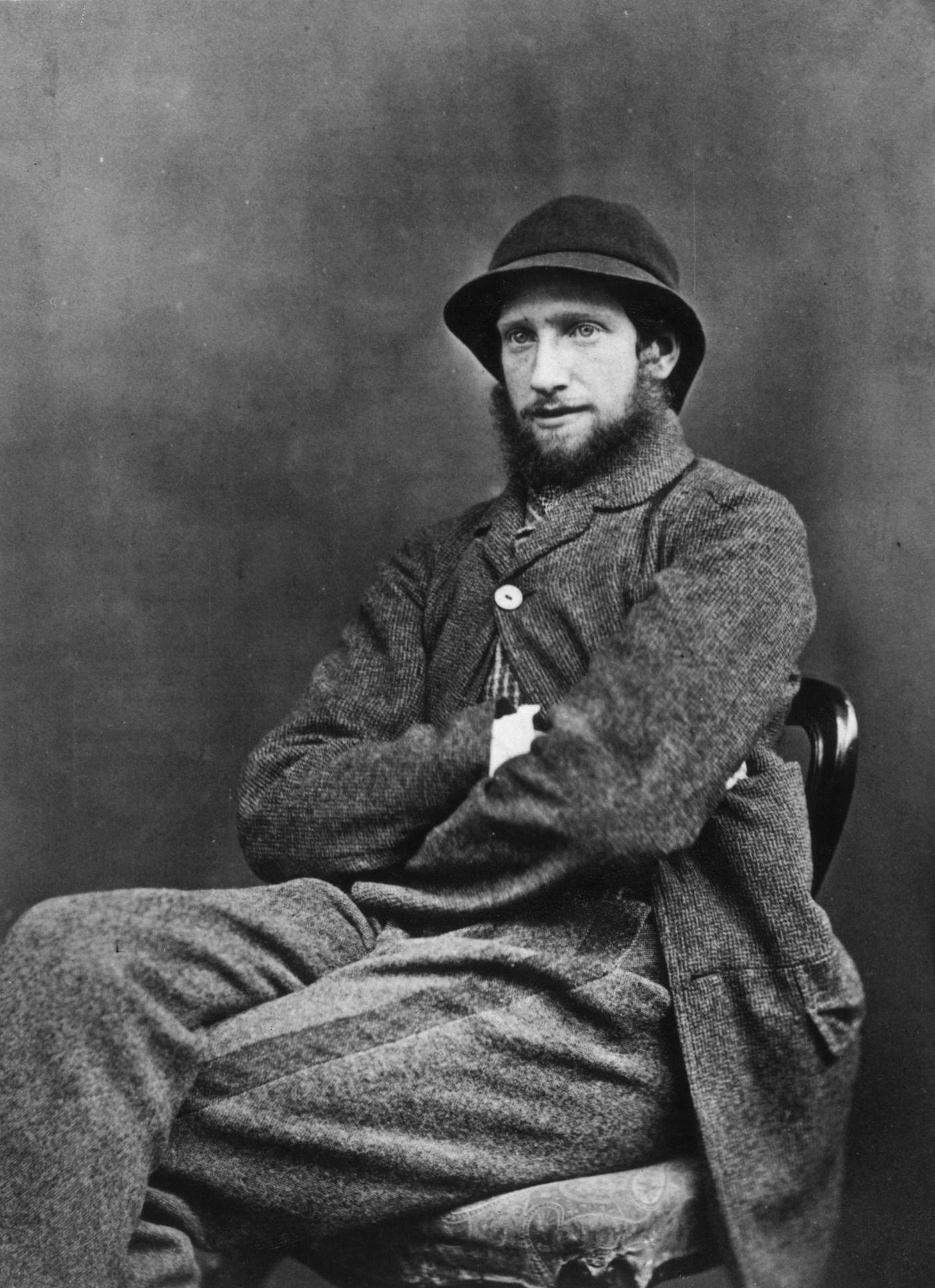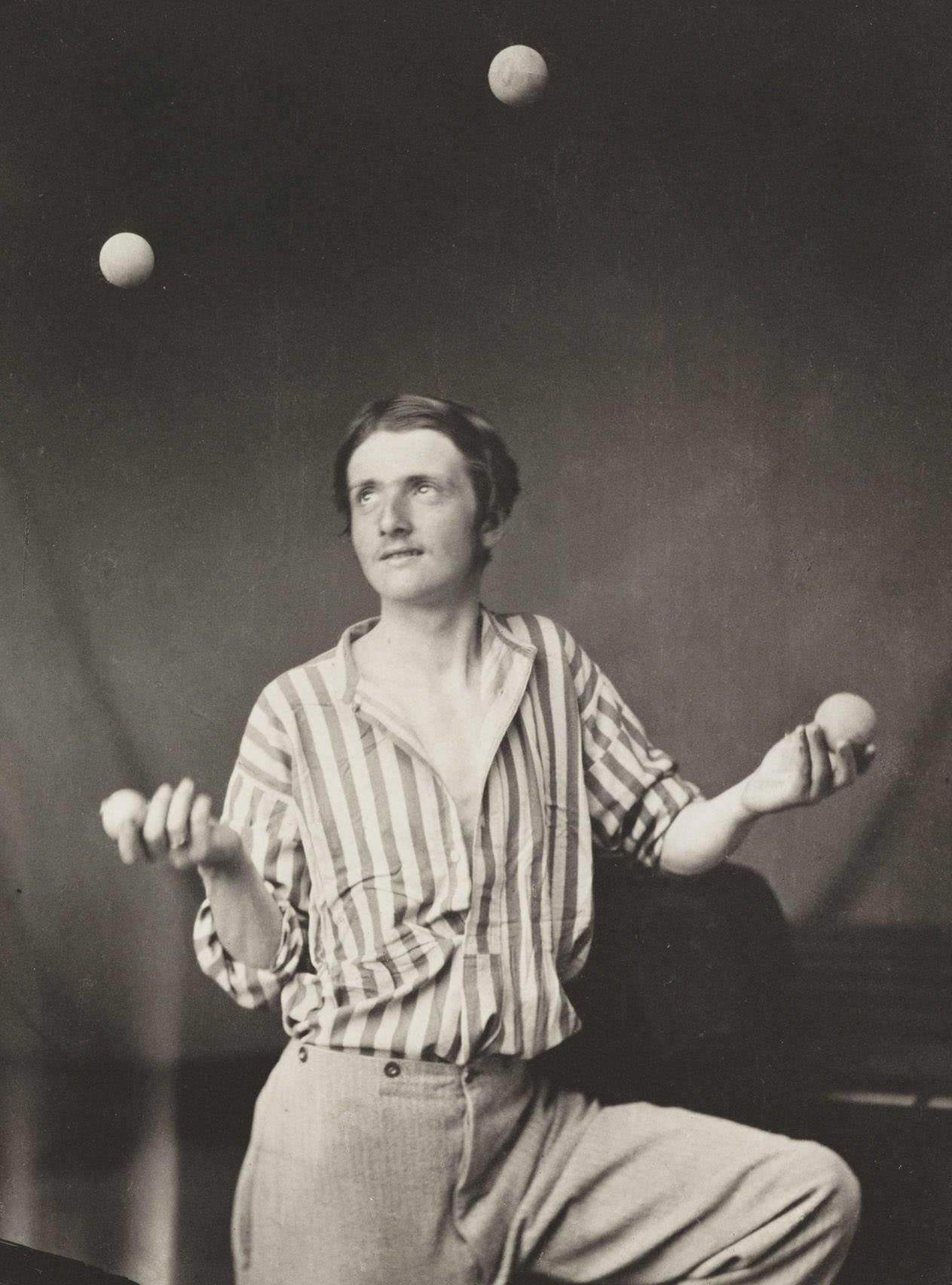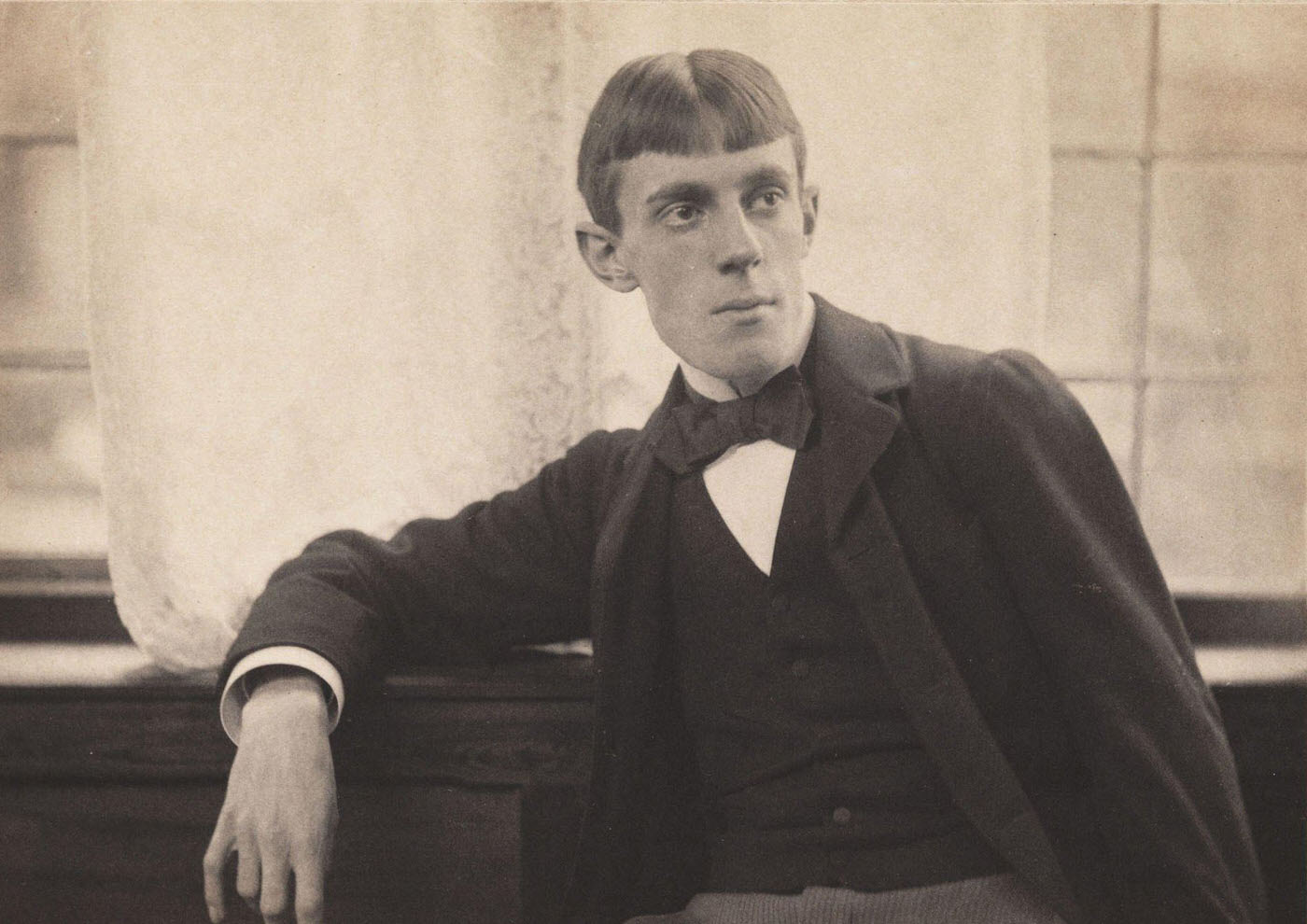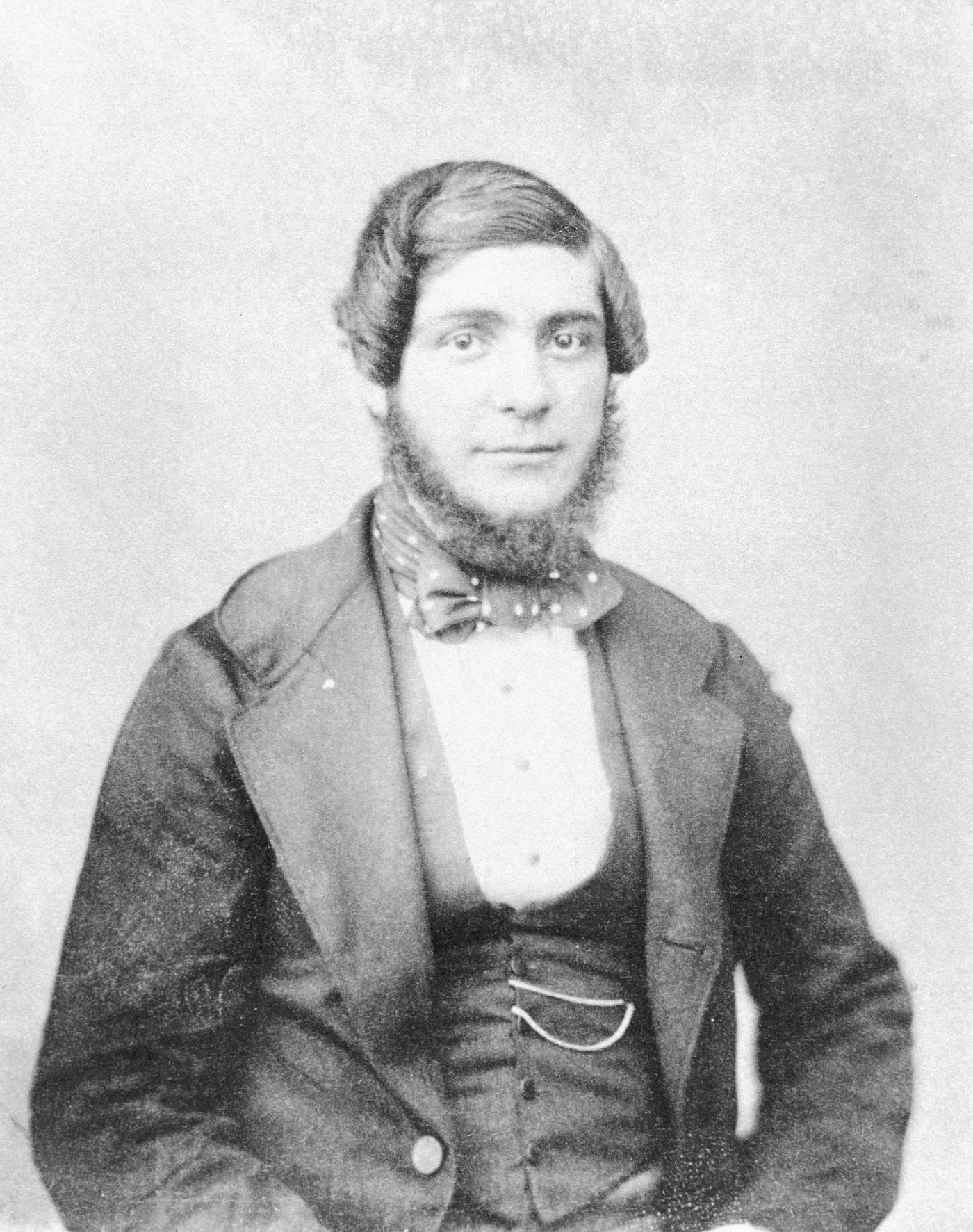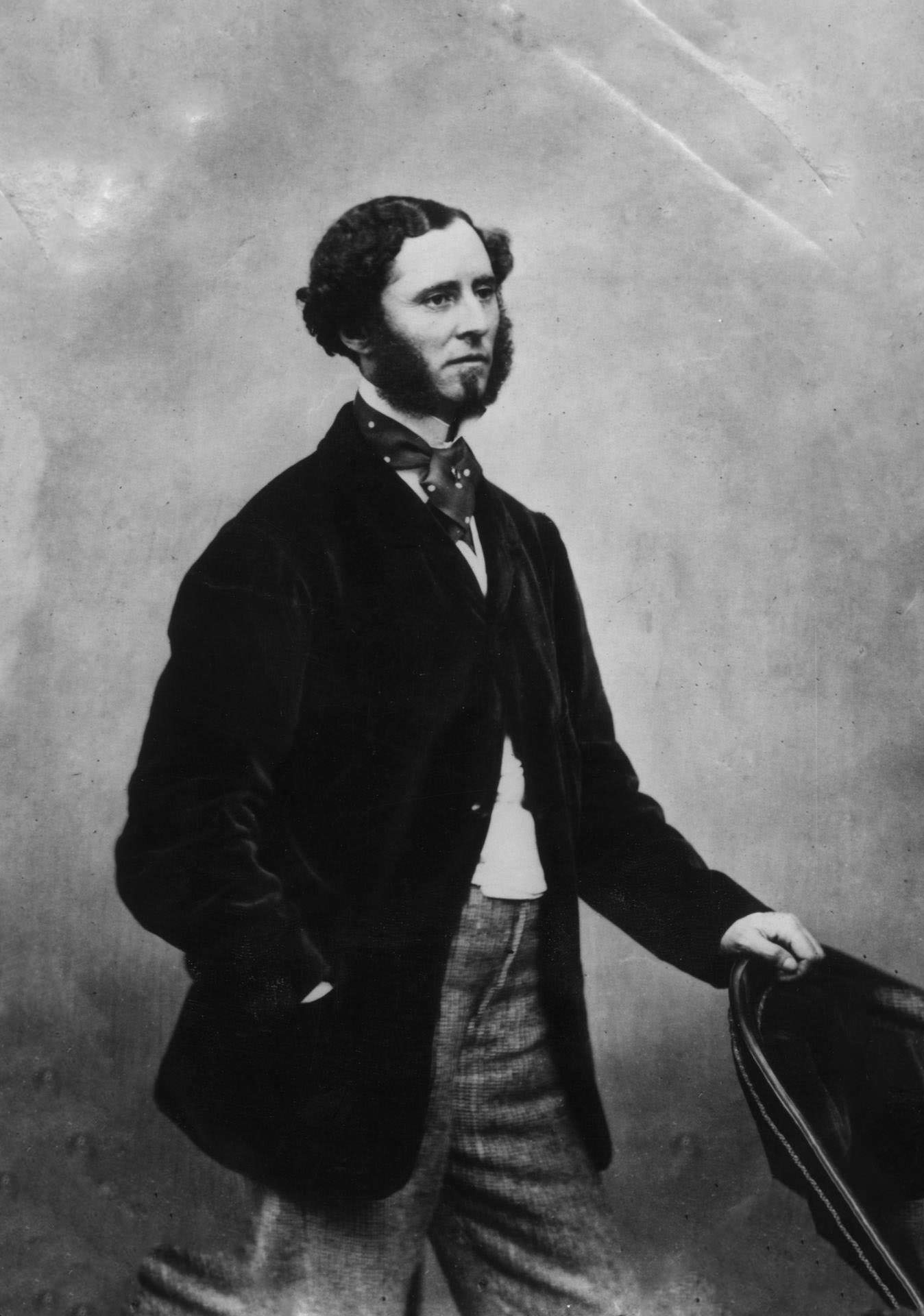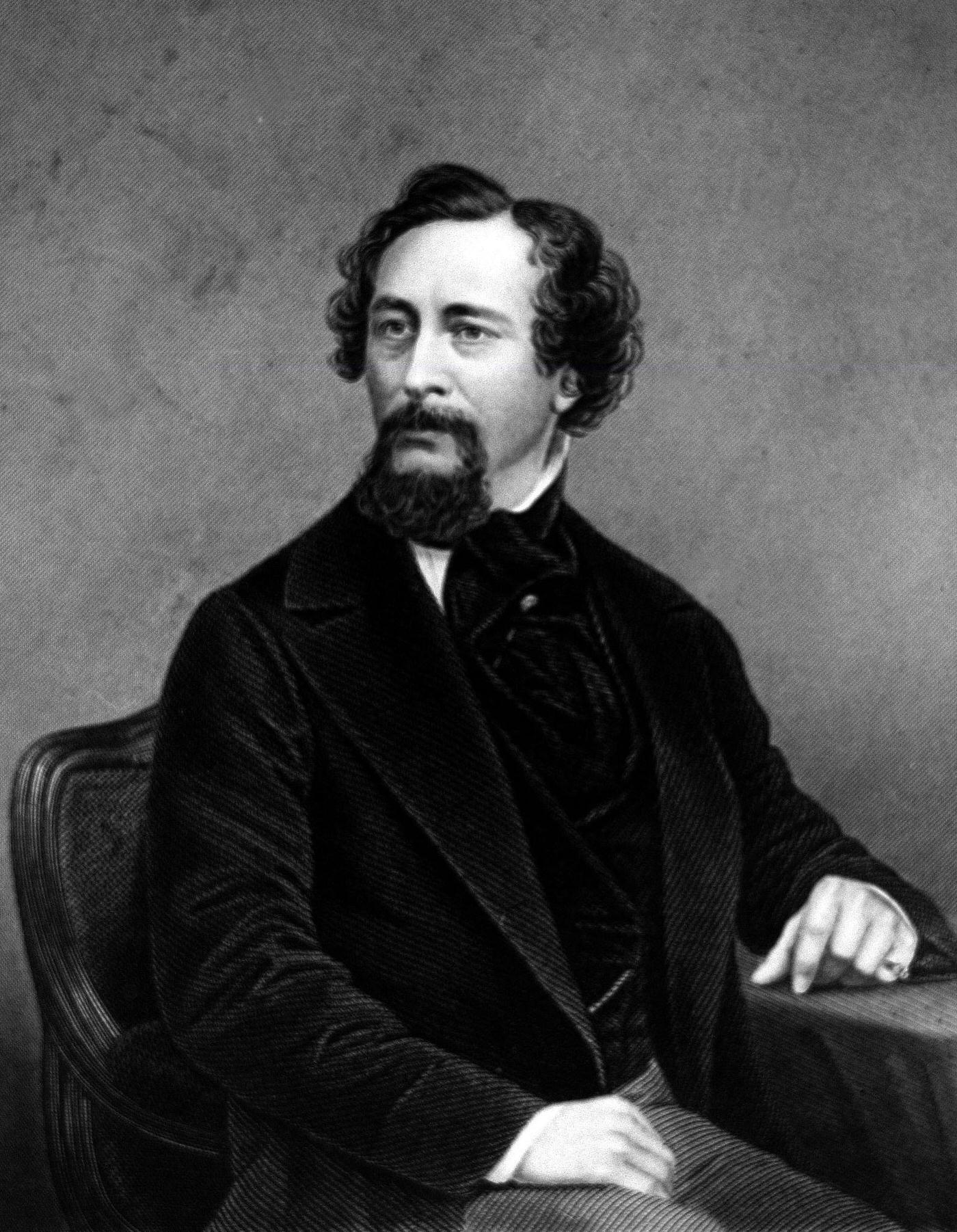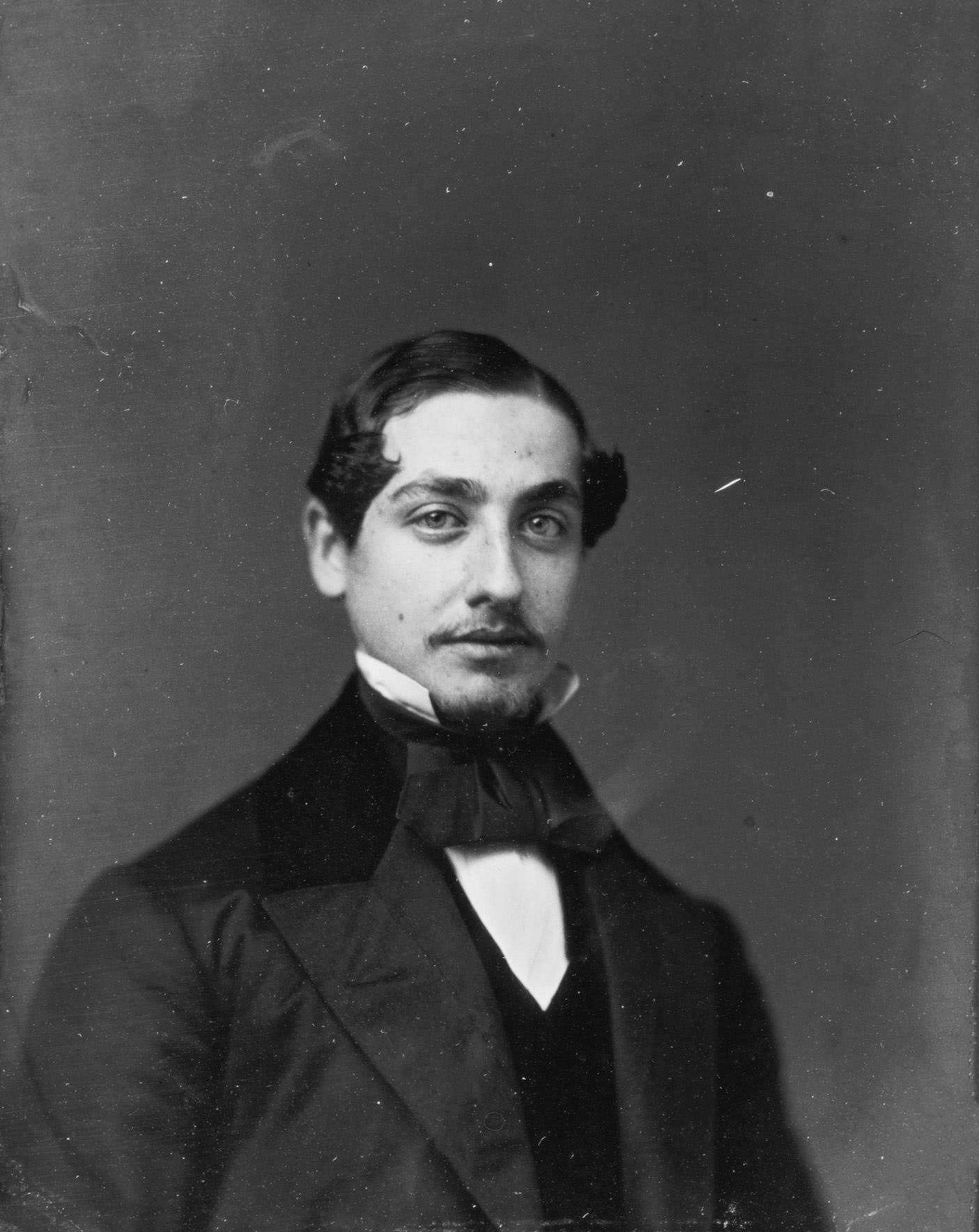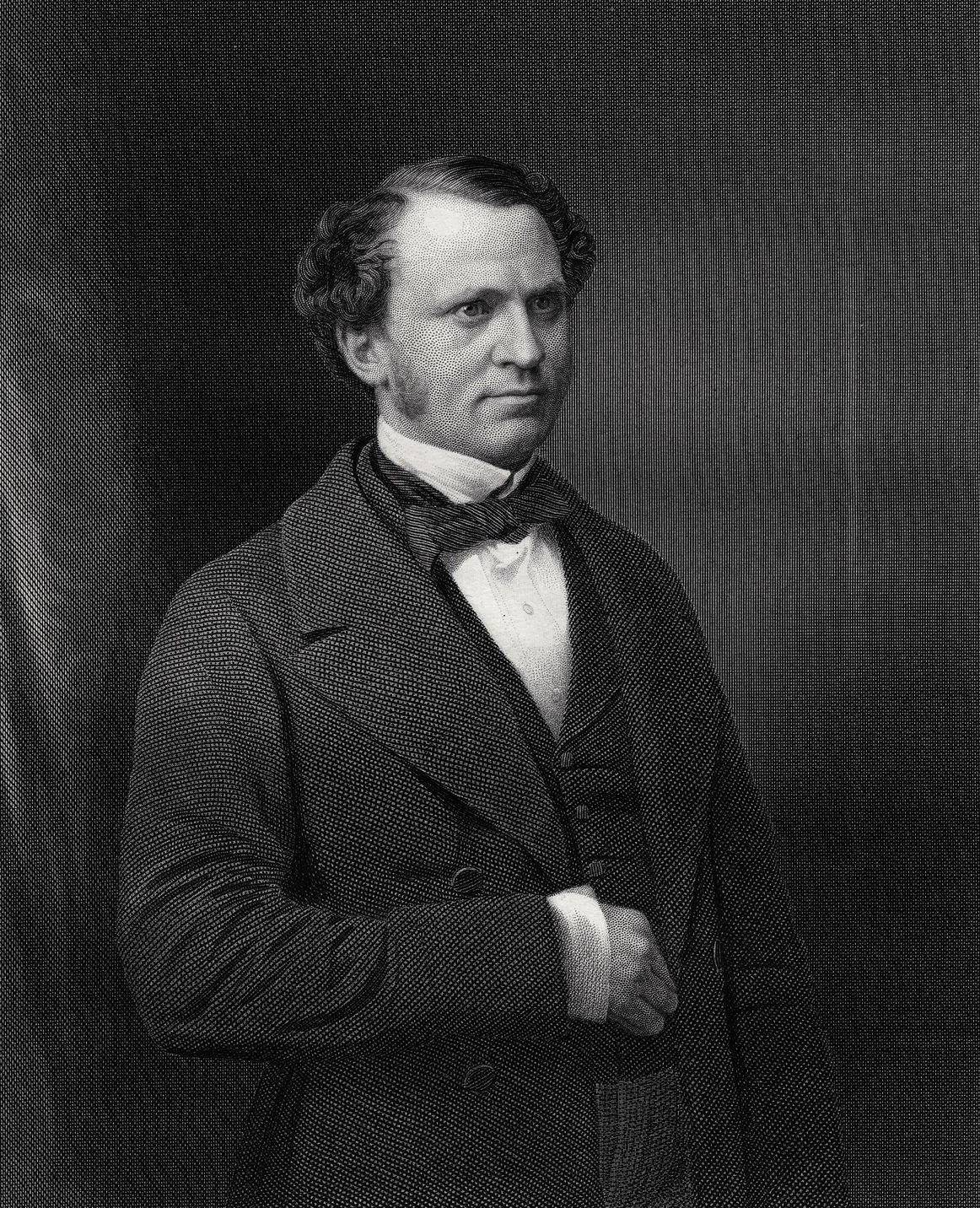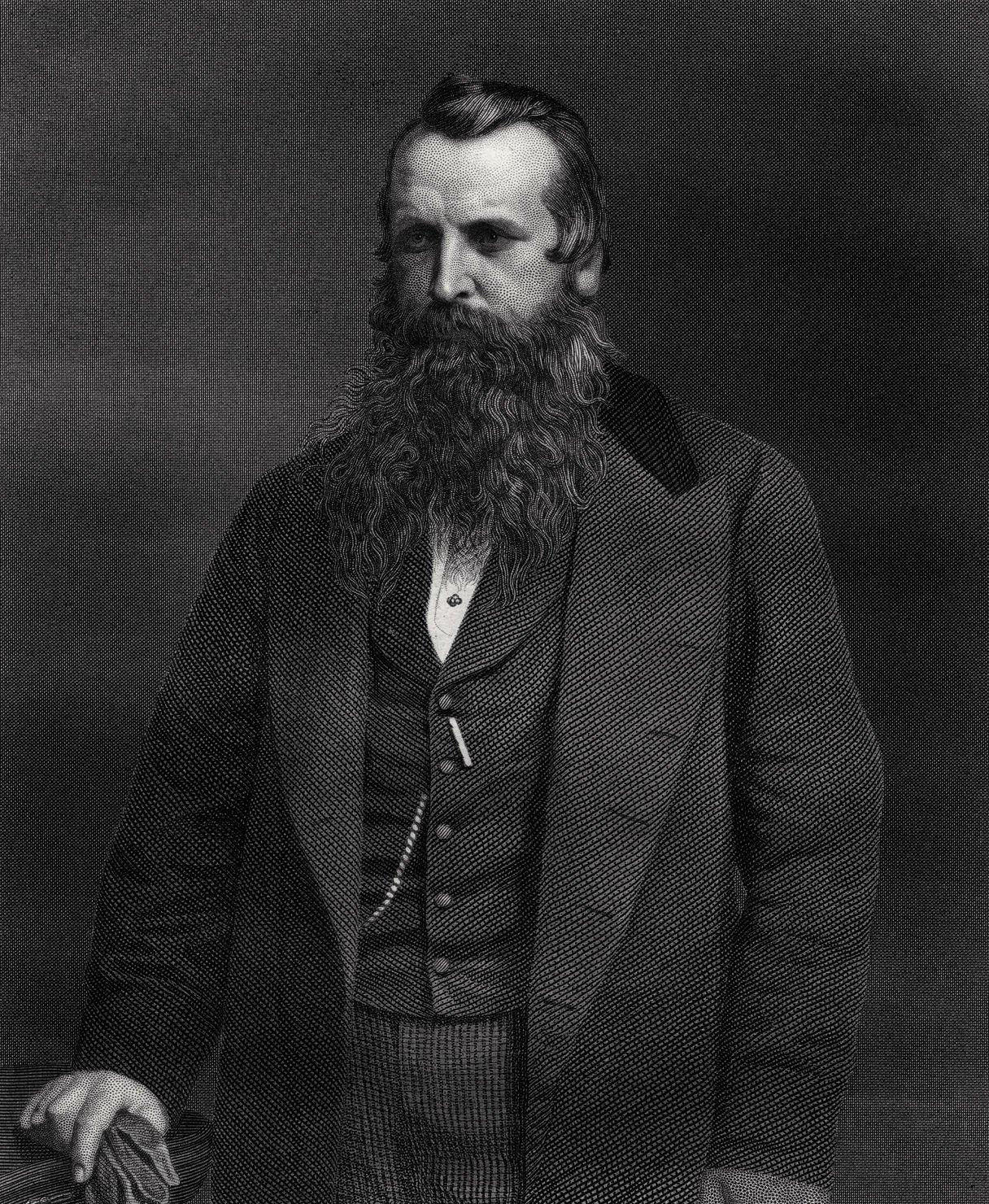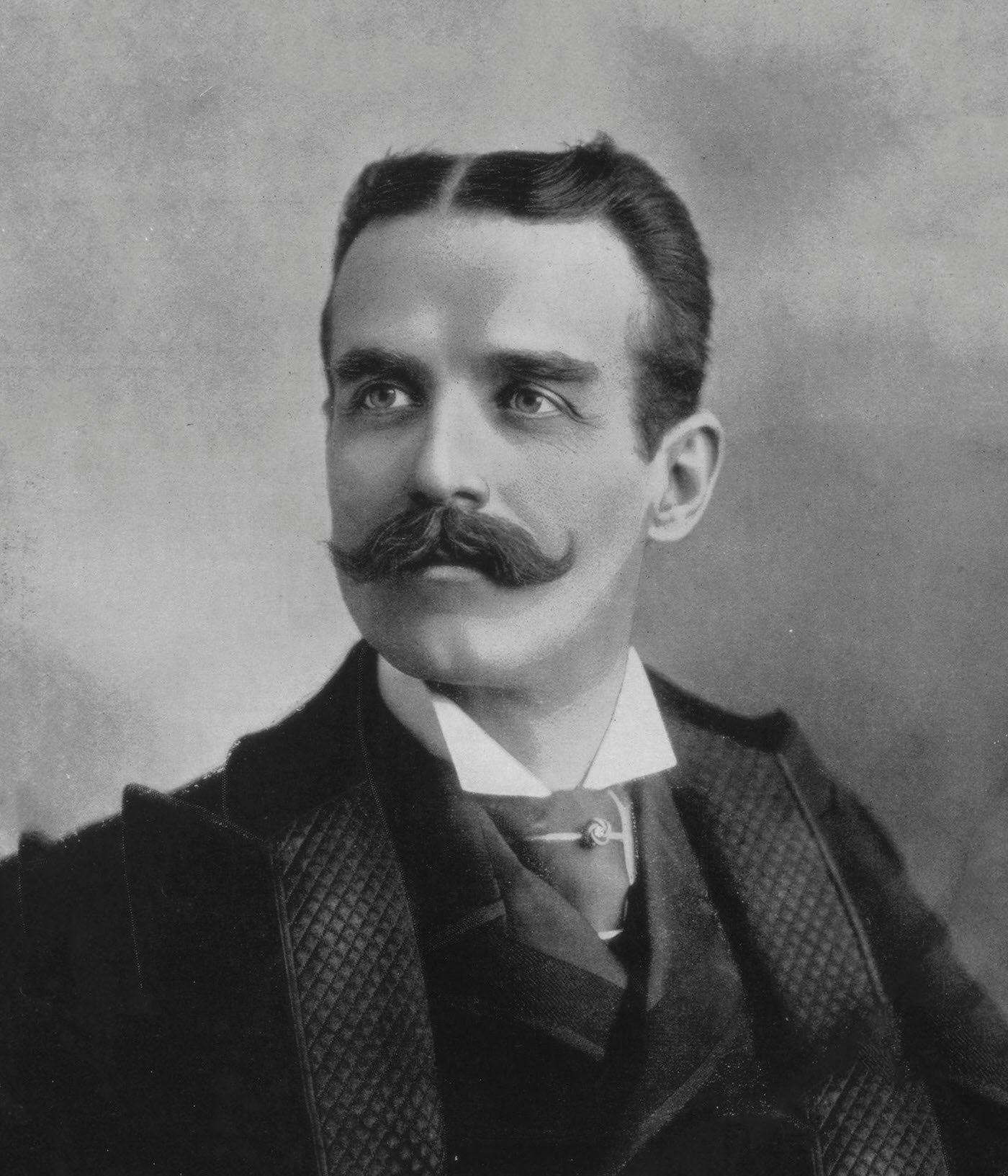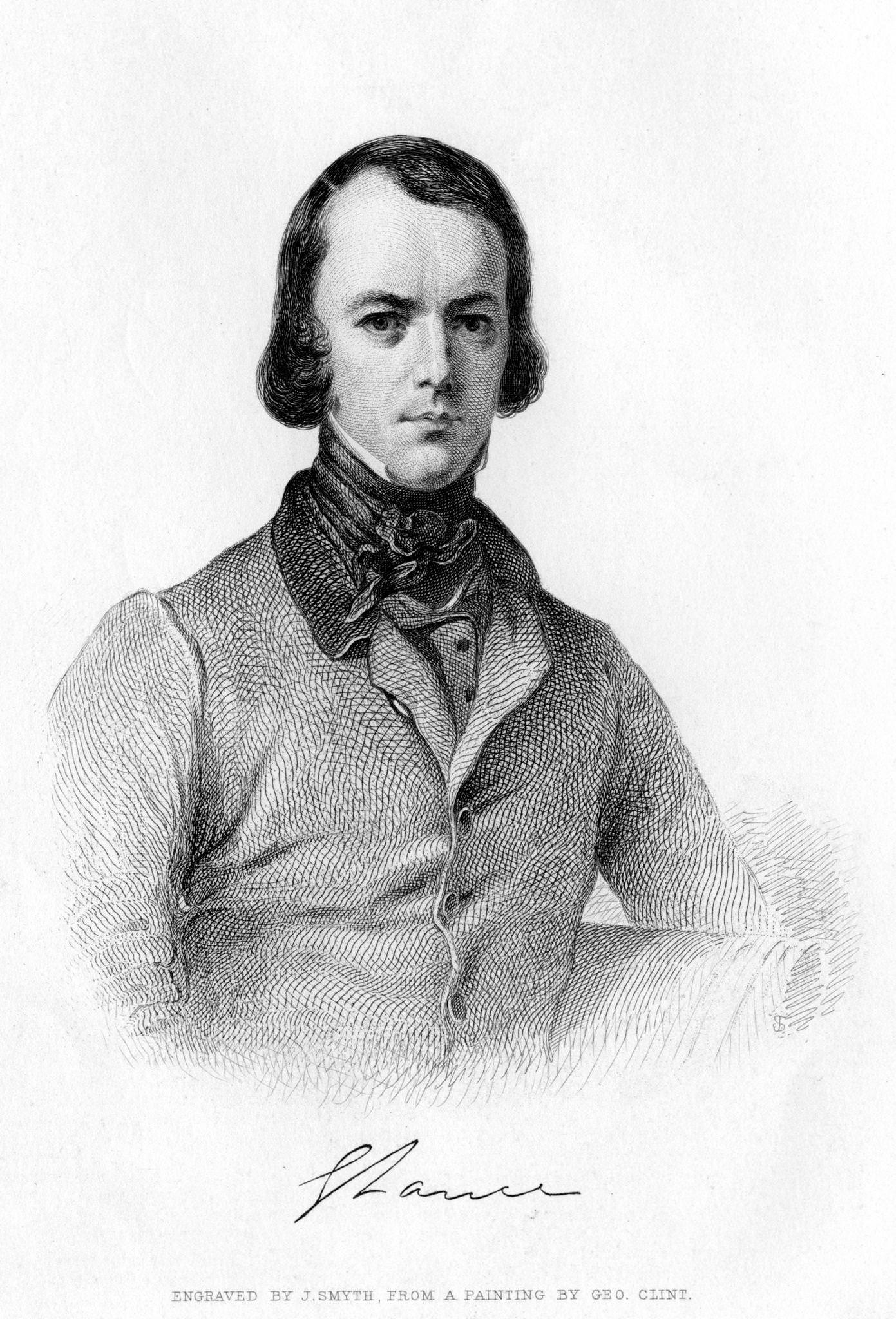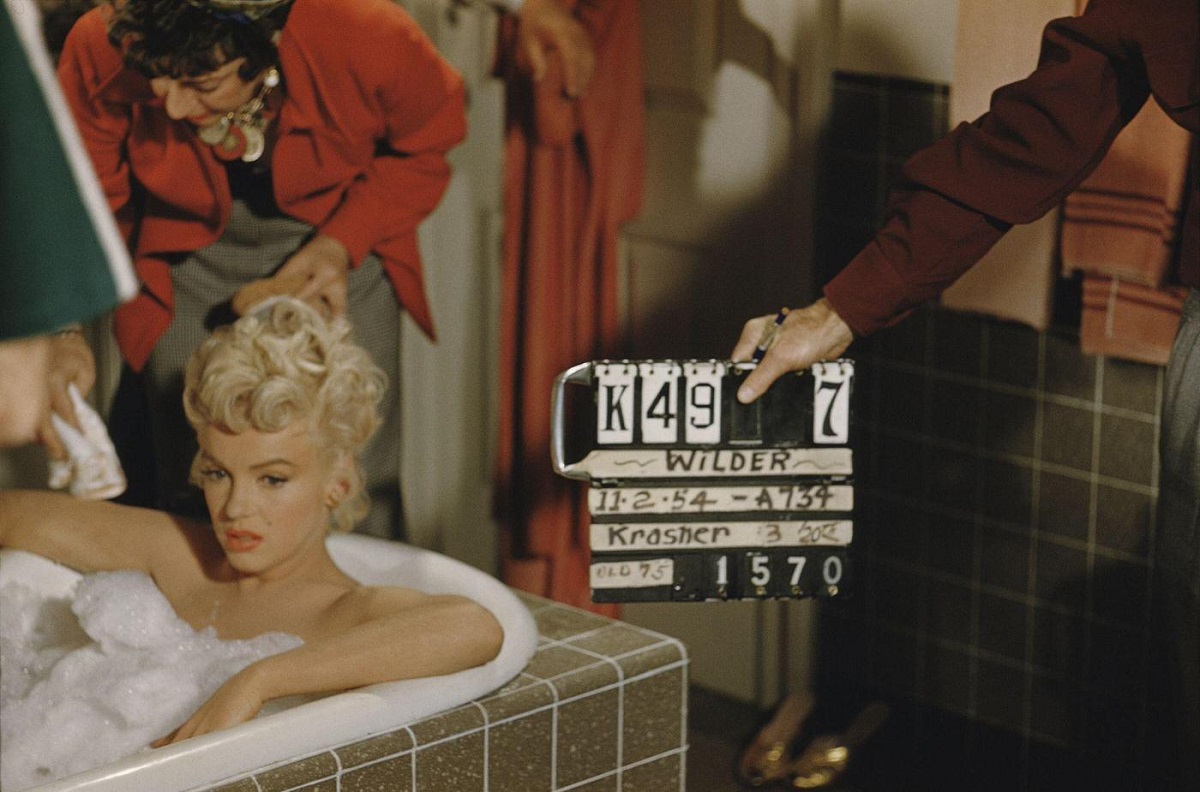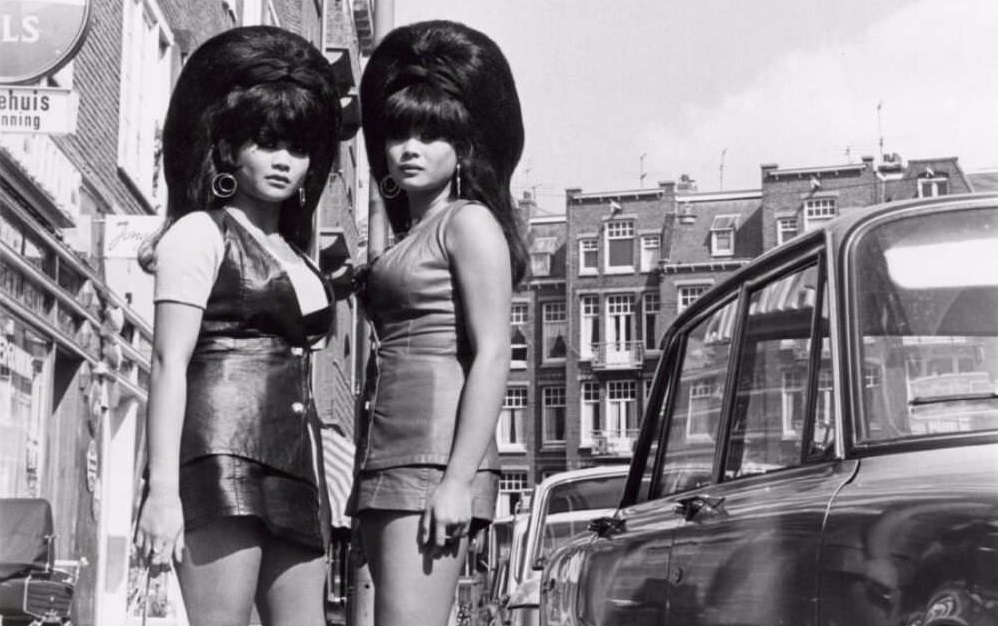Ah, the Victorian era! A time of opulence, elegance, and lavishness. But what about the men’s hairstyles during this time? Well, my dear, hold on to your hats (or should I say top hats?) because we are going on a journey through time to explore Victorian men’s hairstyles, hair care, and how it varied according to social classes.
First and foremost, let’s discuss the era’s most popular Victorian men’s hairstyle, the “Gentleman’s Cut.” This haircut was characterized by short hair on the sides and back, with a longer, slicked-back style on the top. The hair was typically parted on the side or down the middle, and the mustache was also a popular accessory.
But, of course, not all Victorian men had the same hairstyle. In fact, the style of hair varied significantly depending on social class. For example, working-class men had shorter hair and were often clean-shaven due to the nature of their jobs. On the other hand, the upper class had longer hair and were known for their well-groomed mustaches and beards.
Victorian male haircare
Personal hygiene was of utmost importance in the Victorian era, and the same applied to hair care. Men often used a pomade or hair oil to keep their hair slicked back and in place. These products also helped keep the hair healthy and nourished. However, the products’ quality varied greatly depending on one’s social class. Working-class men often used cheap, low-quality products, while the upper class had access to the best and most luxurious products. In addition to hair products, Victorian men also used various tools to style their hair, such as combs and brushes. However, these tools were not as advanced as the ones we have today, and men often had to use hot irons and curling tongs to achieve their desired look.
Hairstyles according to class
Working-class men had shorter hair and were often clean-shaven. This was mainly due to the nature of their jobs, as longer hair and beards could be a safety hazard in factories and mines. However, if they did have longer hair, it was typically swept back or tied in a ponytail. Middle-class men had slightly longer hair than their working-class counterparts and were known for their neatly trimmed mustaches. They often styled their hair with a side part or a center part and used pomade to keep it in place. Finally, the upper class had the longest and most extravagant hairstyles. They often had long, flowing hair that was tied back in a ponytail or styled in a bun. They also had well-groomed mustaches and beards and used the finest quality hair products and tools to keep their hair looking its best.
The Victorian era was a time of great emphasis on personal hygiene and hair care. Men’s hairstyles varied significantly depending on their social class, with working-class men having shorter hair and the upper class having longer, more extravagant hairstyles. Regardless of social class, men used various products and tools to keep their hair healthy, nourished, and in place. And while the Victorian era’s hairstyles may seem outdated today, they were an integral part of the era’s fashion and style.


